Support for Wounded, Ill, and Injured Service Members
CAP is committed to supporting wounded, ill, and injured Service Members throughout their recovery, rehabilitation, and reintegration. Whether transitioning back to active duty or preparing for a new phase of life, Service Members can rely on CAP to provide the assistive technology (AT) and employment support services needed to succeed.
Since the program’s inception in 1990, CAP’s accommodation experts have filled over 250,000 accommodation requests for federal employees with disabilities and wounded, ill and injured Service members by bridging the gap between functional capabilities and job requirements. Using this experience in assistive technology (AT) and disability accommodation, the CAP staff transferred this knowledge into a pilot project to assist Service members during their rehabilitation process. Recognizing the success of the pilot, Congress passed legislation ensuring retention of the AT and CAP formally established its Service Member Initiative in 2004.
As stated in the Public Law 109-364, Section 561 and outlined in the DoD Instruction 6025.22, "Assistive Technology (AT) for Wounded, Ill, and Injured Service Members" (Appendix C), CAP works closely with medical providers, therapists, case managers, military treatment liaisons at military treatment facilities (MTFs), and wounded warrior program representatives to increase awareness and availability of AT. CAP provides needs assessments, AT, and training to our nations’ wounded, ill and injured Service members with cognitive, communication, dexterity, hearing, and visual impairments. Once the appropriate AT has been identified, CAP provides the solutions free of charge to support the Service member’s medical recovery and rehabilitation.
To date in FY 2025 alone, CAP has provided 3,928 accommodations to 1,201 wounded, ill, and injured Service members and Service members with limitations impacting their ability to perform specific duty requirements.
CAP's Role
CAP serves as a trusted resource for:
- Needs Assessments
- Assistive Technology identification and implementation
- Employment-related support services across the Department of War
We work collaboratively with:
- Military treatment facilities (MTFs)
- Transition units
- Recovery programs
- Commanders, Recovery Care Coordinators (RCCs), and clinical providers
This coordinated approach ensures Service Members have the resources they need to remain mission-ready, productive, and supported during each phase of recovery and beyond.
Transitioning Service Members
For Service Members whose medical conditions prevent them from continuing active duty and going through the medical evaluation board process, CAP provides assistive technology devices as personal property. This ensures they retain the tools needed to support:
- Pursuit of post-service employment
- Successful reintegration into civilian life
By delivering the right technology at the right time, CAP helps Service Members maintain independence, confidence, and momentum as they move forward.
Ongoing Support
Service members in recovery and rehabilitation shall be provided access to ongoing support from CAP following receipt of an AT device until separation from active duty service, at which time, AT provision and rehabilitative services shall become the responsibility of the Department of Veterans Affairs. The AT provided by CAP remains with the Service member as their property, even after separation.
Transitions to Other Locations
As Service members move from the MTF, Warrior Transition unit, or command to a home base/convalescence leave, the AT may move with them. The AT should be logged into the MTF or Command for informational purposes and safe delivery. The CAP Representative should check with the Supply/Logistician Officer for the specific practice and protocol.
The CAP Representative and other medical providers should also include the following information in the Electronic Health Record System notes section:
- Date CAP needs assessment was conducted;
- Date AT was received; and
- Progress/changes to the functional limitation and recovery.
Providing this information in the medical record will assist in the transition to another location or to the Department of Veterans Affairs. It will also assist other service providers in determining if the AT is assisting in the recovery and rehabilitation process.
Upgrades on Equipment
Any software upgrades, while the Service member remains on active duty, will be reviewed and provided on a case-by-case basis. If the person remains on active duty or becomes employed within DoW, he or she may request an upgrade from CAP. Service members are encouraged to register all software or hardware accommodations with the manufacturer upon receipt of the equipment to ensure that manufacturer warranties are activated.
Lost Equipment
CAP cannot replace lost, stolen, or damaged equipment. If the equipment malfunctions through no fault of user error, CAP will consider replacements on a case-by-case basis.
Overview of DoDI 6025.22
Public Law 109-364 was passed in the 2007 National Defense Authorization Act. This legislation outlines the change in policy that allows a service member to retain the AT received from CAP upon separation from active service. The full text of the section of the act pertaining to CAP is located in Subtitle G.
In accordance with the new regulation, CAP developed an implementing instruction. This instruction, Department of Defense Instruction 6025.22 (DoDI 6025.22), entitled “Assistive Technology (AT) for Wounded, Ill and Injured Service Members.” The Instruction:
- Establishes the policy, defines terms, assigns responsibilities, and provides procedures for establishing AT programs in coordination with the Military Health System (MHS) and the Recovery Coordination Program.
- Provides support for an interdependent AT system between the Human Resources Activity’s (DHRA) Computer/Electronic Accommodations Program (CAP), the MHS, and the wounded warrior programs. The AT system will provide specific guidance to military treatment facilities (MTFs) and transition units to improve the delivery and quality of rehabilitative services to wounded, ill, and injured Service members in the active duty, Reserve, and National Guard components.
In general, the DoDI was created to ensure all MTFs and transition units are able to provide AT to service members in an appropriate timeframe without the burden of establishing internal AT experts and funding resources. This instruction provides support for an interdependent AT system between the DoDHRA CAP Office, the MHS, and the Recovery Coordination Program providing specific guidance to MTFs and transition units to improve the delivery and quality of rehabilitative services to wounded, ill and injured Service members in the active duty, Reserve, and National Guard components.
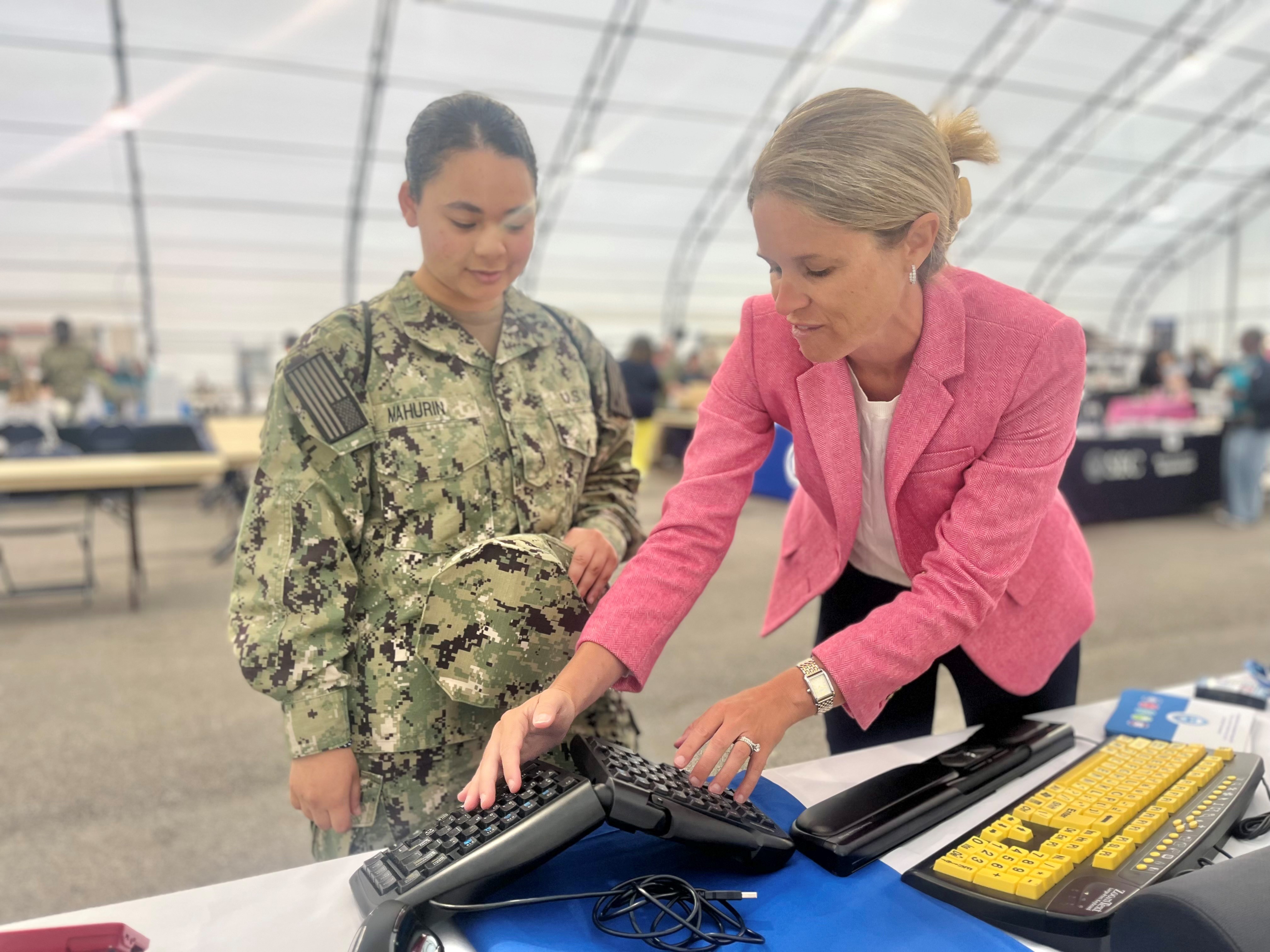 | 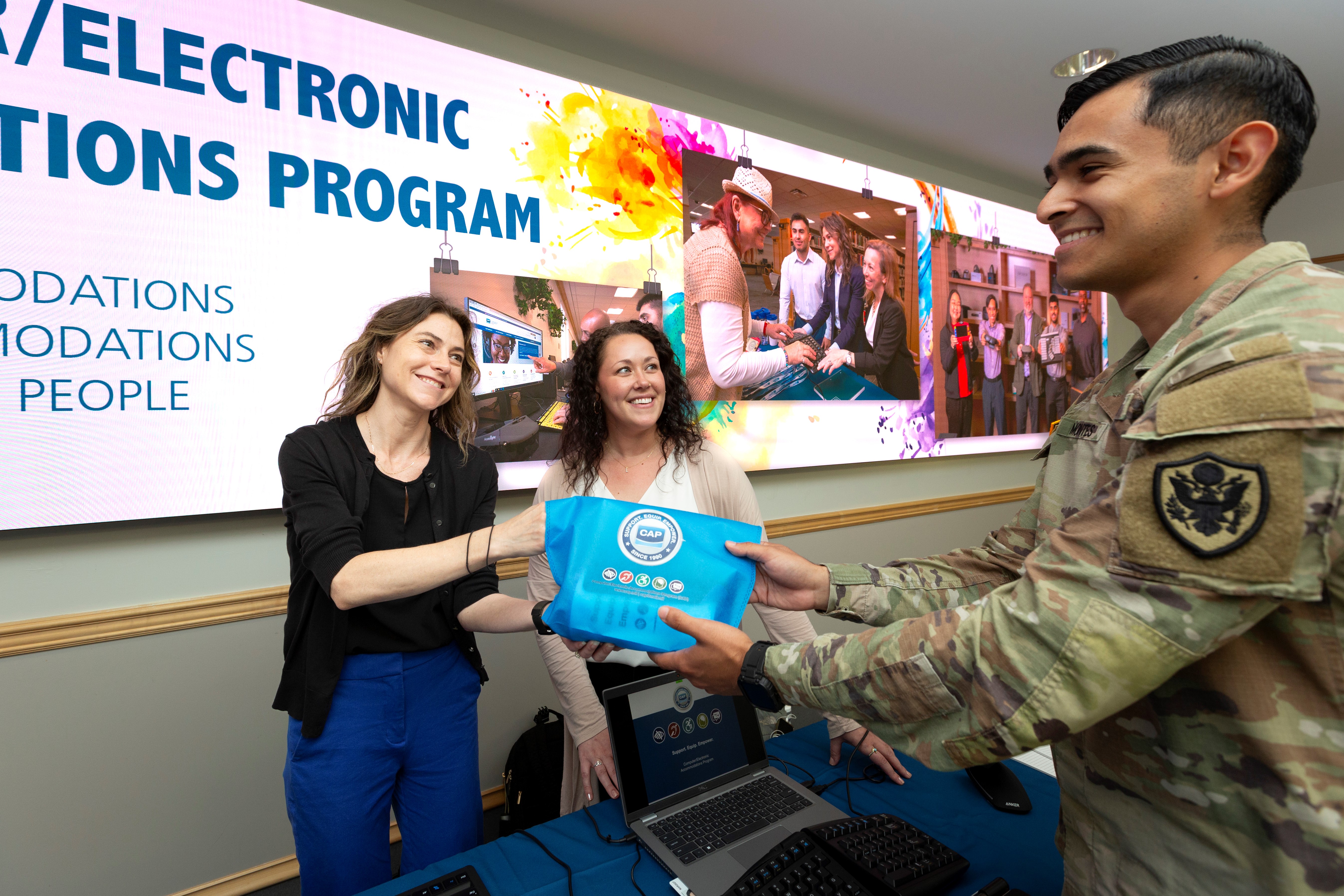 | 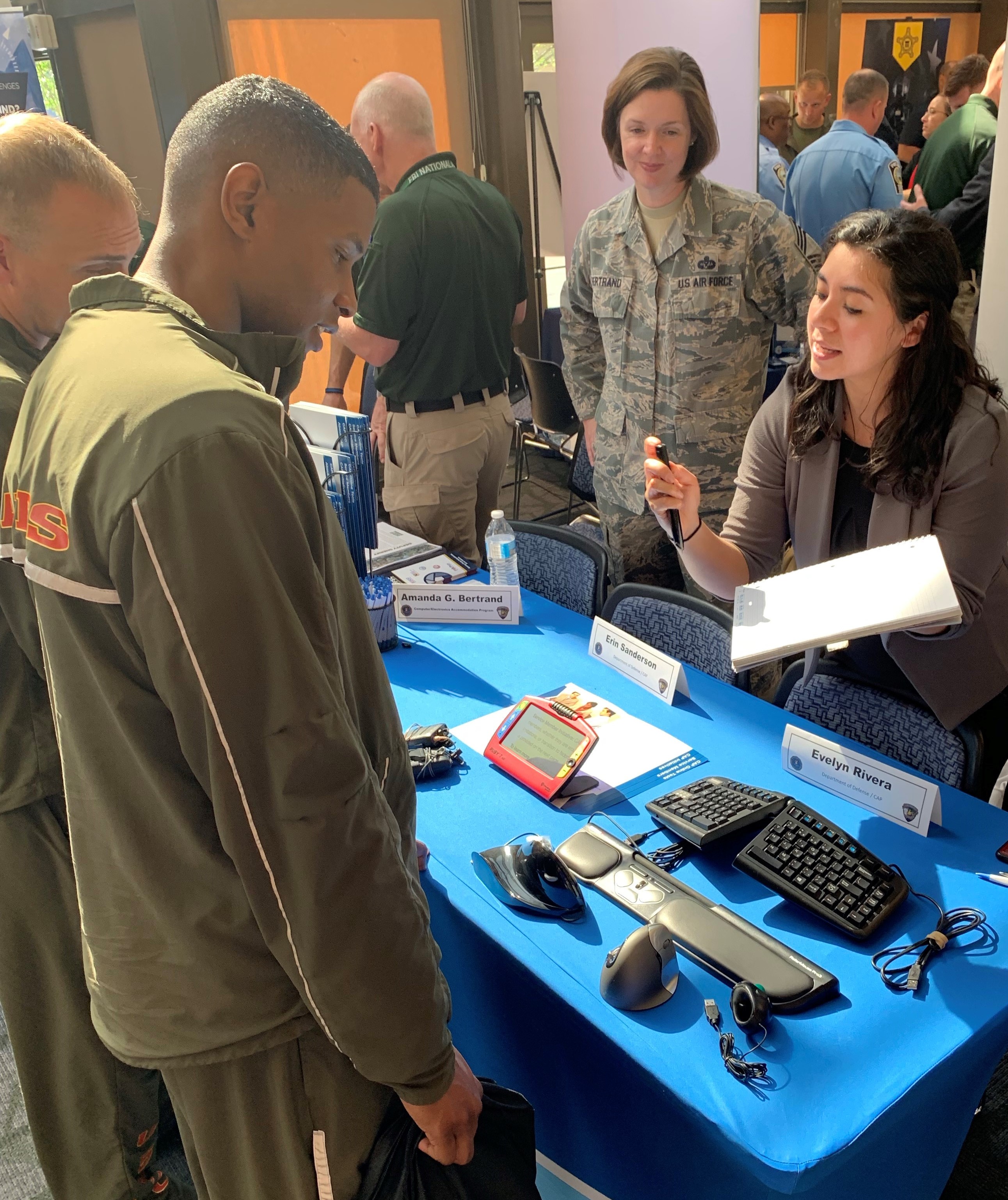 |
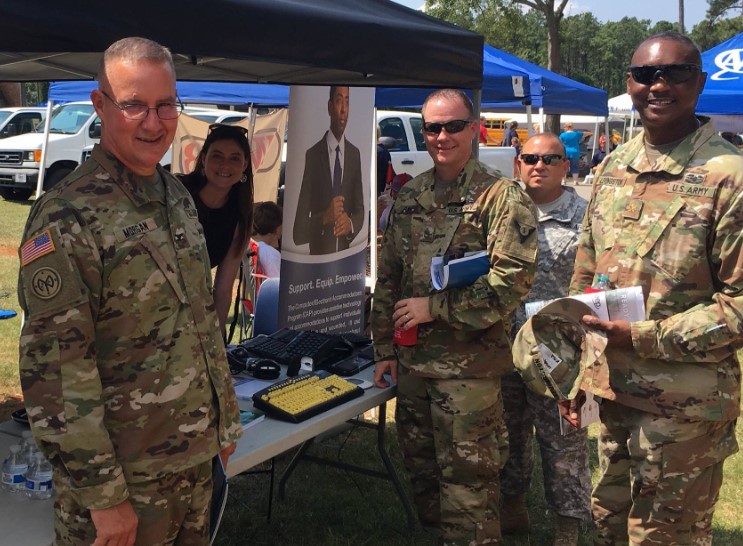
| 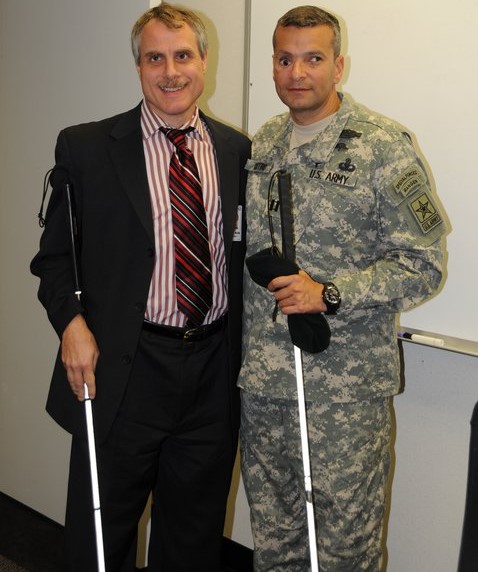
| 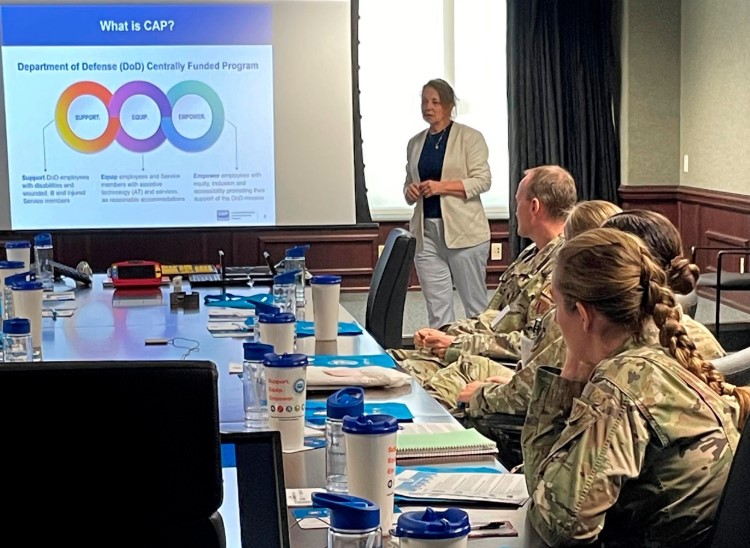
|
Explore Additional Resources
DHA Warrior Care Website
Offers comprehensive recovery and reintegration support for Service Members, families, and caregivers through the Recovery Coordination Program.
Military OneSource
A DoW support program offering free resources and assistance for Service Members and their families — including relocation help, financial planning, mental health support, and more.


